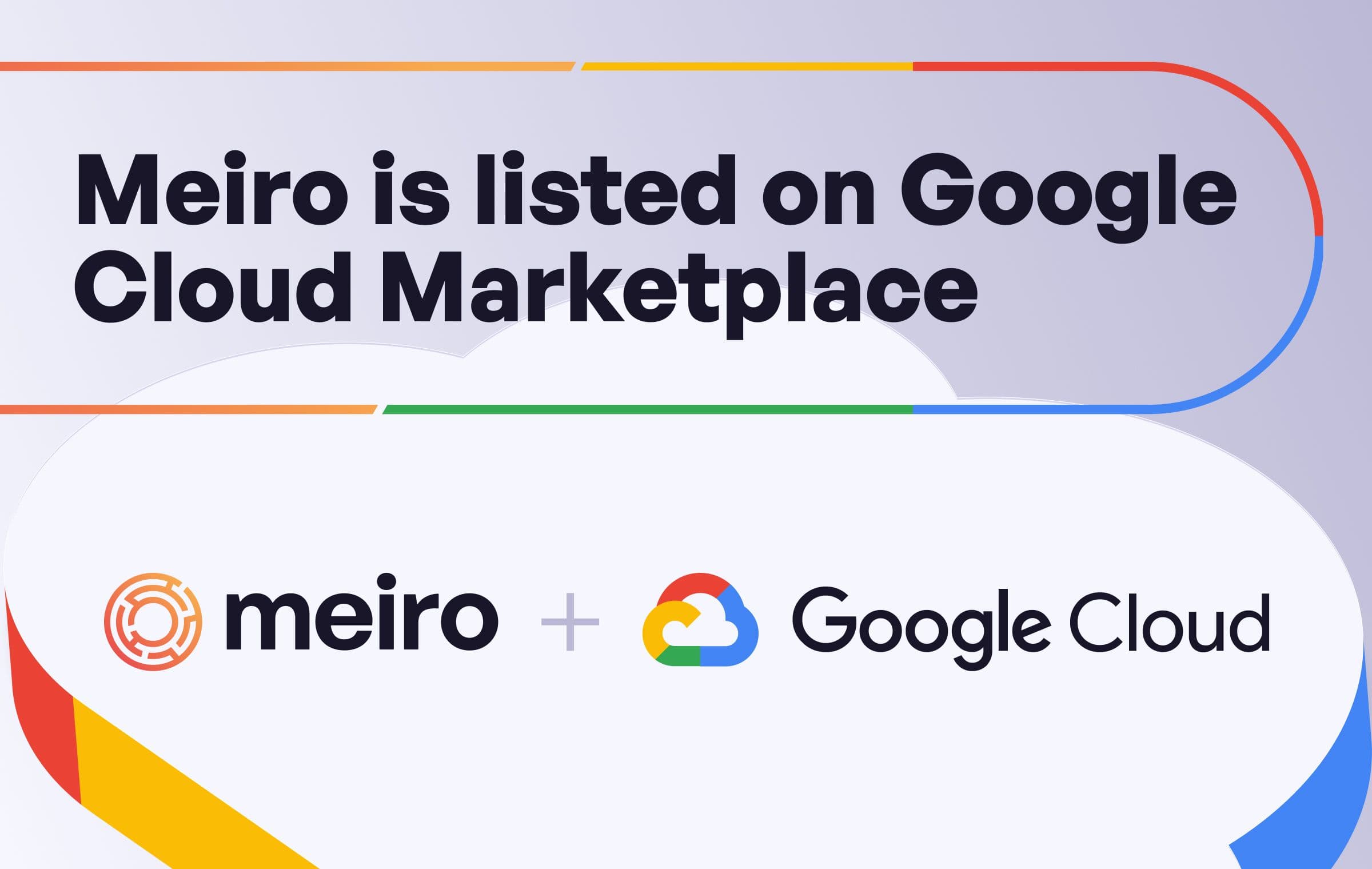Digital Transformation In 2020. From Buzzwords To Business Reality
Digital 2020 is going to be about the same things everyone’s been talking about over the last decade. The only difference? No more talk. This is the year that digital finally gets real – Every technology that’s been fun to banter about at conferences will make an impact on the playing field of commerce.

Director, Consulting & Client Solutions at Meiro
Digital 2020 is going to be about the same things everyone’s been talking about over the last decade. The only difference? No more talk. This is the year that digital finally gets real – Every technology that’s been fun to banter about at conferences will make an impact on the playing field of commerce. Why so sudden, you ask? Because tech is and always has been interdependent on another tech to be fully realised. And this year, we will see every technology come into fruition – from IoT to 5G to Analytics to AI. Affording consumers faster access to more platforms, and thus challenging businesses to keep up and ensure more meaningful experiences at every touchpoint. Let’s break down what 2020 has in store for the digital marketer:

The fast and the curious
Get up to speed because 5G is hitting the mainstream this year. So it’s just… faster, right? Wrong. Increased bandwidth opens up a whole new world of possibilities. From changing how consumers access data (think entirely different worlds like goodbye online marketplaces, hello 3D shopping experiences), to low-latency enabling instantaneous responses to make self-driving cars, smart cities, and IoT a reality.
Of course, this vastly increased immersion when combined with sensor tech and social media will mean that businesses must prepare for a literal and very valuable flood of data. The savvy digital marketer stands to know more than ever about their target audiences – by using faster and more capable analytic systems to develop more relevant and actionable insights.
Taking AI more Siri-ously
If there was one thing more people talked about in the last few years than comic book movies, it was AI. A virtual onslaught of AI took over from Siri and Google Home to chatbots, analytics, processes and more. In fact, according to Gartner’s 2019 CIO Agenda Survey, organizations that have deployed artificial intelligence (AI) grew from 4% to 14%, between 2018 to 2019. Of course, more than most have been putting the artificial in AI, with fake AI startups using the term as mere bait – A survey by MMC found that 40% of AI companies don’t use AI in any relevant manner. The year ahead though will see the AI Hype Cycle cool down (See Gartner’s AI Hype Cycle Trends), which means we’ve scaled the peaks of innovation & experimentation and will start to enter the productivity phase – where AI gets real and gets to work. AI and machine learning has become a necessity in every organization’s marketing stack – with applications helping to make sense of the afore-mentioned flood of data. AI will become the key driver in digital transformation in marketing, helping to parse, aggregate, analyse and everything in between for data to convert into tangible marketing insights.
All this, in a matter of seconds thanks to cloud computing allowing for immense scalability. While we will see several new implementations of AI and Machine Learning at every juncture of tech, what we see as likely to happen is that more of these will fall short on actual, actionable results. Because AI will only ever be as good as the data it is fed, and organisations must ensure that their number one priority becomes sourcing such quality data of their consumers and audiences.
Increased Privacy & how to win friends
Over the last few years, marketers just can’t seem to find a moment to breathe easy. After the wild wild west of data tracking, the announcement of GDPR in EU, PDPA in Singapore as well as several other similar laws in SEA may seem like a death knell – not to mention the most recent announcement of Google killing the third party cookie (Catch our opinion on that here). Of course, as we’ve said before, these are necessary. Take, for example, the recent Avast-Jumpshot data scandal where the company offered ‘granular’ behavioural data even down to the device & timestamp level. Between such leaks and the massive DMPs unethically tracking users across the internet, it’s natural then, for customers to protest and insist that privacy becomes a norm. Marketers must come to rely on first-party data – collecting data that is only native to customers or users on their website and/or app, and stricter regulations in using such data. Even smarter marketers though must come to realise the eventual demise of first-party cookies too and the necessity of using CDPs to organically (and ethically) gather their consumer data. Advertisers must also look to reward sharing and consent of such data to create an ecosystem of equal exchange. With 2020 bringing more access across touchpoints, marketers must work to win consumer trust – and open the fences to their data willingly.
It’s time to Upskill to Upscale
We’ve told you about tech, and all the automation and efficiency to come in this year. But finally, it’s necessary then to also look at the other side of the automation industry – the human side. Forecasts in the previous years have long since predicted the replacement of human jobs by AI and machine counterparts. But automation doesn’t mandate a completely human-free process – in fact, human skills are necessary for every organization to fully optimize the potential of automation. The World Economic Forum estimates that by 2025, 75 million jobs will be displaced, but 133 million new human jobs will be created. 2020 will, therefore, be a year of great upheaval within the workforce, but will also be a year of great opportunity for employees who look to upskill. Already, companies are looking at retraining their workforces for the age of automation – Last year, Amazon said it would invest $700 million to retrain employees who may be automated out of a job. The Fourth Industrial Revolution has begun, and 2020 could be the time of machines working for us, and not in place of us.
Conclusion
We’ve seen the year to come – a digital transformation is afoot, squarely centred around responsibly sourced, high-quality data – whether as a byproduct of increased speeds or as a primary resource of AI/ML. At Meiro, we’ve studied and kept well ahead of these trends, and it’s given us a unique perspective on our role for the year ahead. We aim to become not just a first-choice as a source for data, but a solid building block for our clients to build their foundations of digital transformation upon. In every aspect from first-party data management to data availability to safe and controlled data sharing. With the robust dataset we create, we aim to power the engine of AI/ML initiatives, so marketers can properly & responsibly leverage their customer bases. But most importantly, if they look to turn from merely using tech as exciting buzzwords in powerpoints to actually implementing tech to successful projects that generate actual business results.
Unleash the full potential of your customer data. Let’s talk!
Spread the love:

Quinn takes care of Meiro’s customers by bridging the gap between business, IT, data scientists and implementation team. She also teaches women about all things data as a volunteer with @Shelovesdata.


